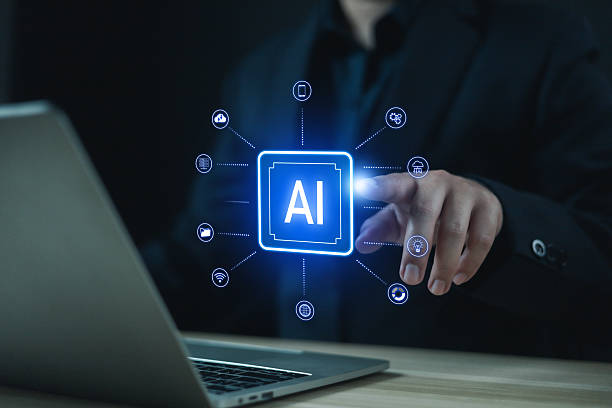What is On-Page SEO and Why Does it Matter?
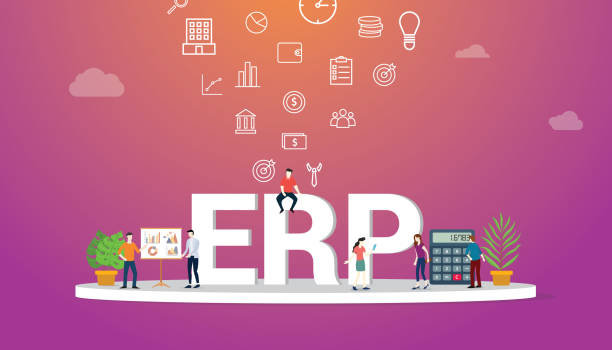
On-Page SEO is a set of actions performed within your website to improve the site’s ranking in search engines like Google.
These actions include content optimization, using appropriate keywords, improving site structure, and so on.
The importance of On-Page SEO is that it helps search engines better understand your website’s content and display it to users in search results.
By optimizing On-Page SEO, you can attract more organic (free) traffic to your site and, as a result, increase your sales and revenue.
On-Page SEO is a key pillar of #content_marketing and plays a critical role in the online success of businesses.
Wikipedia can provide you with more information on this topic.
Without proper On-Page SEO, even the best content may go unseen.
The ultimate goal of On-Page SEO is to improve user experience and provide the best answers to users’ questions.
Are you tired of having visitors to your online store but no sales? Rasaweb solves your main problem with professional online store design!
✅ Significant increase in sales with targeted design
✅ Flawless user experience for your customers
⚡ Get a free consultation!
Keyword Research: The Foundation of On-Page SEO
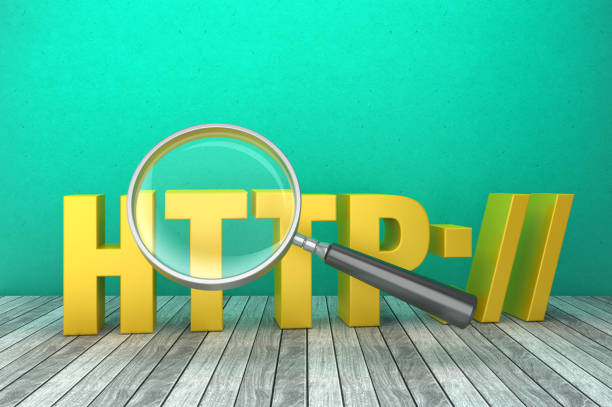
Keyword Research is the process of identifying the words and phrases that users use to search in search engines.
These keywords should be relevant to your website’s content and have a high search volume.
You can use various tools like Ahrefs, Moz Keyword Explorer, and Ubersuggest for keyword research.
After identifying keywords, you should use them in page titles, meta descriptions, body text, and image alt tags.
Remember that excessive use of keywords (Keyword Stuffing) can harm your site’s ranking.
The goal is to use keywords naturally and relevantly throughout the content.
On-Page SEO without keyword research is like building a house without a foundation.
Optimizing Title and Meta Descriptions: The First Impression
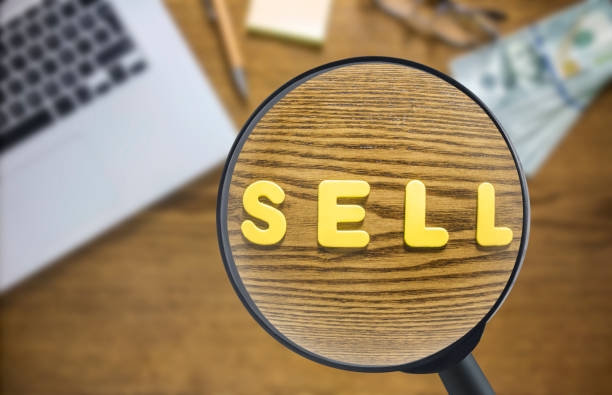
Title Tag and Meta Description are two important elements in On-Page SEO that are displayed to users in search results.
The page title should be short, engaging, and include the main keyword.
The meta description should also be a summary of the page’s content and encourage users to click.
The ideal length for a page title is about 50-60 characters and for a meta description about 150-160 characters.
These two elements help search engines better understand the topic of the page and provide useful information to users.
A good title and meta description can increase the click-through rate (CTR) and, as a result, improve the site’s ranking.
On-Page SEO begins with these small but important elements.
| Element | Description | Ideal Length |
|---|---|---|
| Title Tag | Page title displayed in search results. | 50-60 characters |
| Meta Description | Summary of the page’s content displayed in search results. | 150-160 characters |
Content Optimization: The King of On-Page SEO
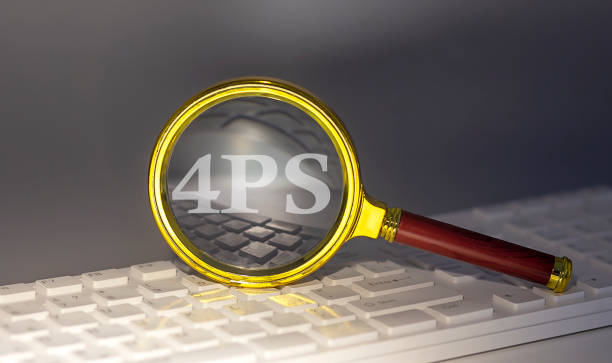
Content is the king of On-Page SEO.
High-quality, valuable, and relevant content to users’ needs can significantly improve your site’s ranking.
Your content should be Unique, Readable, and Understandable.
Use images, videos, and other visual elements to make the content more attractive.
Update your content regularly to keep it fresh and valuable for search engines.
Using keywords in the body text is essential, but avoid Keyword Stuffing.
The goal is to provide content that satisfies users and answers their questions.
Search Engine Land has great articles on this topic.
On-Page SEO with good content lasts.
Are you unhappy with the low conversion rate of visitors to customers on your online store?
Solve this problem forever with professional online store design by Rasaweb!
✅ Increased visitor-to-customer conversion rate
✅ Creating an excellent user experience and building customer trust
⚡ Get a free consultation
URL Structure: Simple and Understandable
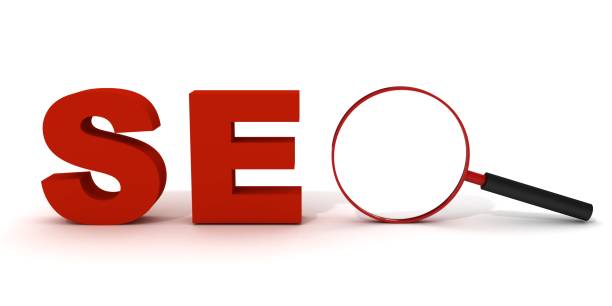
The URL structure of your site’s pages should be simple, short, and understandable.
Avoid using unnecessary characters and numbers in your URL.
The URL should include the main keyword of the page and help users and search engines understand the topic of the page.
For example, instead of using a URL like `www.example.com/page?id=12345`, use a URL like `www.example.com/seo-internal`.
A proper URL structure not only helps On-Page SEO but also improves user experience.
A good URL should be easy to remember and help users navigate your site.
On-Page SEO with an optimized URL structure is organized.
Internal Linking: Networking on the Site

Internal Linking is the process of linking different pages of your site to each other.
This helps search engines better understand your site’s structure and helps users easily navigate your site.
Internal links should be relevant to the content of the destination page and use appropriate anchor text.
For example, if you are talking about On-Page SEO on one page, you can link to another page that talks about linking.
Internal linking not only helps On-Page SEO but also reduces the bounce rate and increases the amount of time users spend on the site.
On-Page SEO is strengthened with internal linking.
Image Optimization: Low Volume, Suitable Alt Text
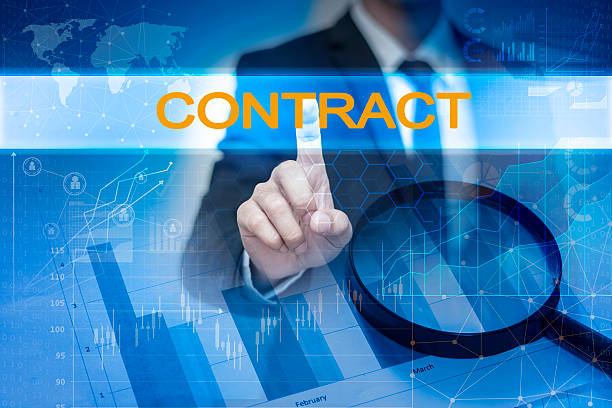
Images can play an important role in making your site’s content more attractive, but if they are not properly optimized, they can slow down site loading speed and harm On-Page SEO.
Save your images in the appropriate format (such as JPEG or PNG) and reduce their size as much as possible.
Use appropriate Alt Text for images to help search engines understand the topic of the image.
Alt text should be short, descriptive, and include the main keyword.
Optimizing images not only helps On-Page SEO but also improves user experience.
On-Page SEO speeds up with optimized images.
| Feature | Description | Recommendation |
|---|---|---|
| Image Format | Image file type | JPEG for photos, PNG for logos |
| Image Size | Image file size | As small as possible without losing quality |
| Alt Text | Description for the image, for search engines | Short, descriptive, include keyword |
Site Loading Speed: User Experience and SEO

Site loading speed is one of the important factors in On-Page SEO and user experience.
Users who have to wait a long time for a page to load are likely to leave your site and go to another site.
Google also considers site loading speed as one of the ranking factors.
You can use various tools like Google PageSpeed Insights to improve site loading speed.
These tools help you identify your site’s speed problems and provide solutions to fix them.
Optimizing images, using a Content Delivery Network (CDN), and enabling Gzip compression are some of the ways to improve site loading speed.
On-Page SEO progresses with high speed.
Does your current website reflect your brand’s credibility as it should? Or does it drive away potential customers?
Rasaweb, with years of experience in professional corporate website design, is your comprehensive solution.
✅ A modern, beautiful website that matches your brand identity
✅ Significantly increase lead generation and new customers
⚡ Contact Rasaweb now to receive a free corporate website design consultation!
Responsive Design: For All Devices

Responsive Design means that your site should automatically adapt to the screen size of different devices (such as computers, tablets, and mobile phones).
Today, most users access the Internet via mobile phones, so responsive design is very important for On-Page SEO and user experience.
Google also prefers sites with responsive design in search results.
To ensure your site is responsive, you can use Google’s mobile testing tools.
On-Page SEO expands with responsive design.
Adhering to On-Page SEO principles can greatly help your website design.
Continuous Monitoring and Improvement of On-Page SEO
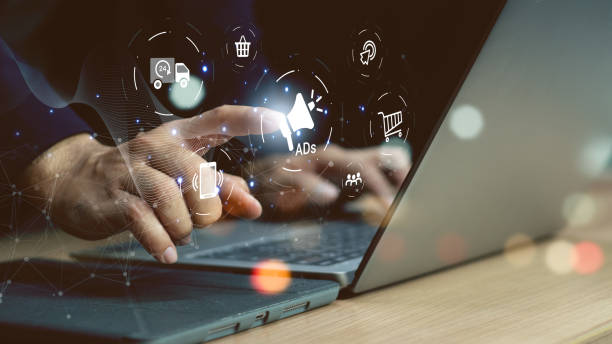
On-Page SEO is a continuous process and requires monitoring and improvement.
You should regularly check your site’s performance in search engines and make the necessary changes.
Use Google Search Console and Google Analytics tools to monitor your site’s performance.
These tools help you track site traffic, keyword rankings, and other important metrics.
Consider On-Page SEO as a long-term investment and constantly strive to improve it.
With continuous On-Page SEO, your site’s ranking improves and you attract more traffic.
On-Page SEO is an endless journey that requires patience and perseverance.
If you properly follow On-Page SEO principles, you can achieve very good results.
On-Page SEO improves with continuous monitoring.
These actions will help you optimize your site’s On-Page SEO and improve your site’s ranking in search engines.
Remember that On-Page SEO is a continuous process and requires patience and perseverance.
On-Page SEO and continuous improvement of On-Page SEO.
Frequently Asked Questions
| Question | Answer |
|---|---|
| What is On-Page SEO? | It refers to a set of actions performed within a website to improve its ranking in search engines. |
| Why is On-Page SEO important? | Because it helps search engines better understand your site’s content and structure and improves user experience. |
| What are the most important elements of On-Page SEO? | Title and meta descriptions, keywords, URL structure, high-quality content, image optimization, internal linking, and site speed. |
| How do we optimize the Title Tag and Meta Description? | The title should include the main keyword and be engaging, and the meta description should be a persuasive summary of the content with relevant keywords. |
| What is the role of keywords in On-Page SEO? | Keywords help search engines understand what the page’s content is about and should be used naturally and intelligently in the text. |
| How is image optimization performed for On-Page SEO? | By compressing the size, using a descriptive file name, and filling in the Alt tag with related descriptions and keywords. |
| What is Internal Linking and what is its application? | It is connecting different pages of the site to each other. This helps distribute Page Authority and improve search engine crawling. |
| What is the importance of site loading speed in On-Page SEO? | High speed improves user experience and is one of the important ranking factors for search engines like Google. |
| What impact does being Mobile-Friendly have on On-Page SEO? | Given the increase in mobile users, being responsive is essential to providing a good user experience on all devices and Google’s mobile-first indexing. |
| What are the important factors related to content in On-Page SEO? | Originality, quality, comprehensiveness, readability, proper use of headings (H1, H2,…), and regular content updates. |
And other services of Rasa Web Advertising Agency in the field of advertising
Smart Digital Advertising: Designed for businesses looking to grow online by designing engaging user interfaces.
Smart Website Development: A combination of creativity and technology to analyze customer behavior by optimizing key pages.
Smart Marketing Automation: A dedicated service to grow campaign management based on user experience customization.
Smart Link Building: A dedicated service to improve SEO rankings based on Google Ads management.
Smart Sales Automation: A new service to increase digital branding by customizing the user experience.
And more than hundreds of other services in the field of internet advertising, advertising consulting and organizational solutions
Internet Advertising | Advertising Strategy | Advertorial
Resources
What is On-Page SEO and what is its impact on site ranking?
,What is On-Page SEO and why is it important?
,What is On-Page SEO? Site Page Optimization Training
,What is On-Page SEO? Comprehensive Guide to Internal Site Optimization
? Rasaweb Afarin, your strategic partner in the digital world, brings your business to the peak of success by offering innovative marketing solutions and professional online store design. Contact us now for a free consultation and to learn more about our services. The bright future of your business begins with Rasaweb Afarin.
📍 Tehran, Mirdamad Street, next to the Central Bank, Kazerun Jonoubi Alley, Ramin Alley, No. 6



